While the 1989 Robert Englund horror movie Phantom of the Opera is far from perfect, the period slasher did use a clever twist that a potential Nightmare On Elm Street reboot could revisit. While Robert Englund is best known for his role as Freddy Krueger in the Nightmare On Elm Street movies, that is far from the actor’s only major role. Just recently, Englund appeared as Victor Creel in Stranger Things season 4 (the villain of which was, fittingly enough, heavily indebted to Freddy Krueger).
However, not all of Englund’s efforts in the genre have been so successful. While a handful of the actor’s outings have been dubbed “enjoyably trashy” by critics, Englund’s horror output includes as many unfortunate misfires as it does success stories. That said, one of the more regrettable movies in the actor’s back catalog, 1989’s gory R-rated retelling of Phantom of the Opera, did provide a surprisingly thorough blueprint for how a potential Nightmare On Elm Street reboot could revive the franchise.
Although the action of The Phantom of the Opera opens in contemporary New York, the very loose adaptation of the legendary musical soon pulls off an ingenious twist that transports viewers back to Victorian England. The rest of the movie takes place in 1885 London, where Phantom of the Opera mixes Nightmare On Elm Street’s supernatural slasher horror formula with a story of tragic, doomed love and a Faustian bargain. It is a messy movie, and reviewers weren’t wrong to call Phantom of the Opera a missed opportunity upon its original release, but the Robert Englund vehicle’s best twist still offers a clever route forward for the Nightmare On Elm Street franchise.
Phantom of the Opera 1989 Explained
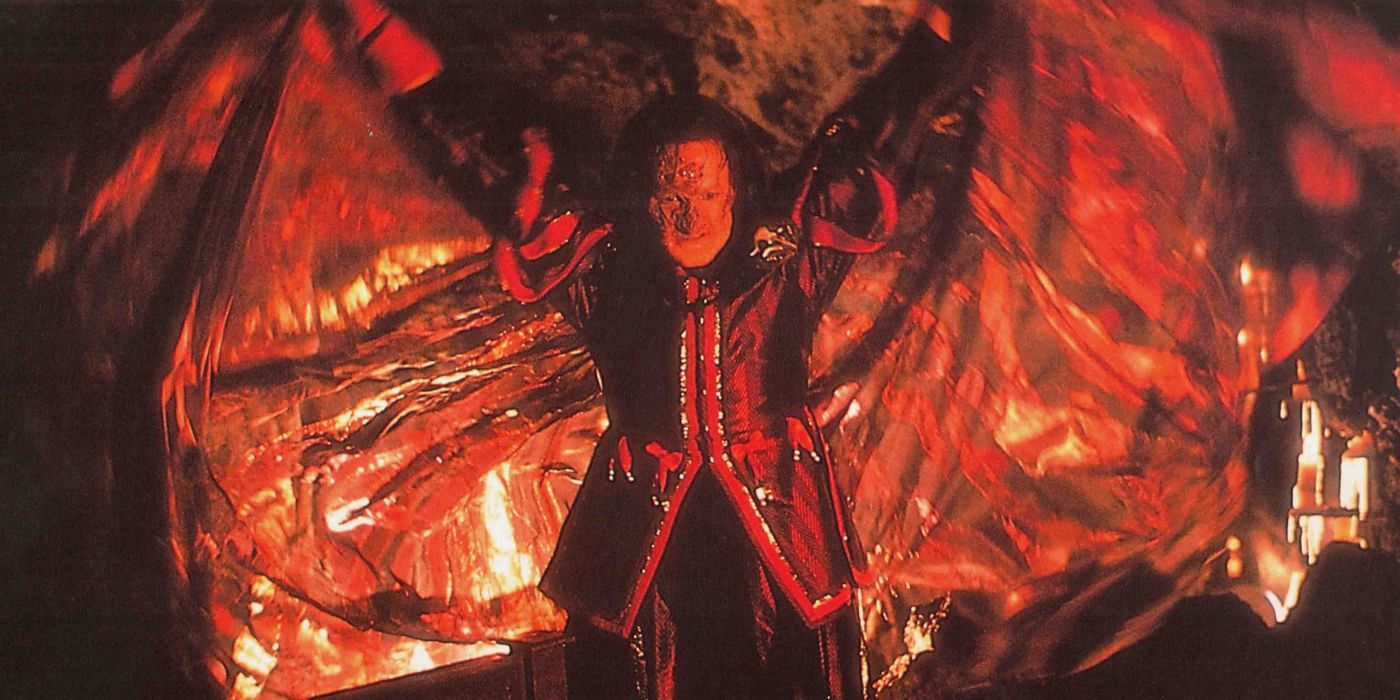
1989’s Phantom of the Opera starts as a contemporary horror movie, before transitioning into an elaborate period piece set in Victorian era England after a brief opening. The setup is bizarre, but essentially what happens is that the heroine is a music student, she finds a cursed opera in the library, begins to perform a song from it at an audition, is knocked out by a falling sandbag, and wakes up in London in 1885. The plot mechanics that allow the story to work could be perfectly repurposed for a Nightmare On Elm Street reboot, since repeating this twist would allow a revival of the slasher franchise to be set in both the 80s and the current day at the same time.
Phantom of the Opera 1989’s Wild Twist
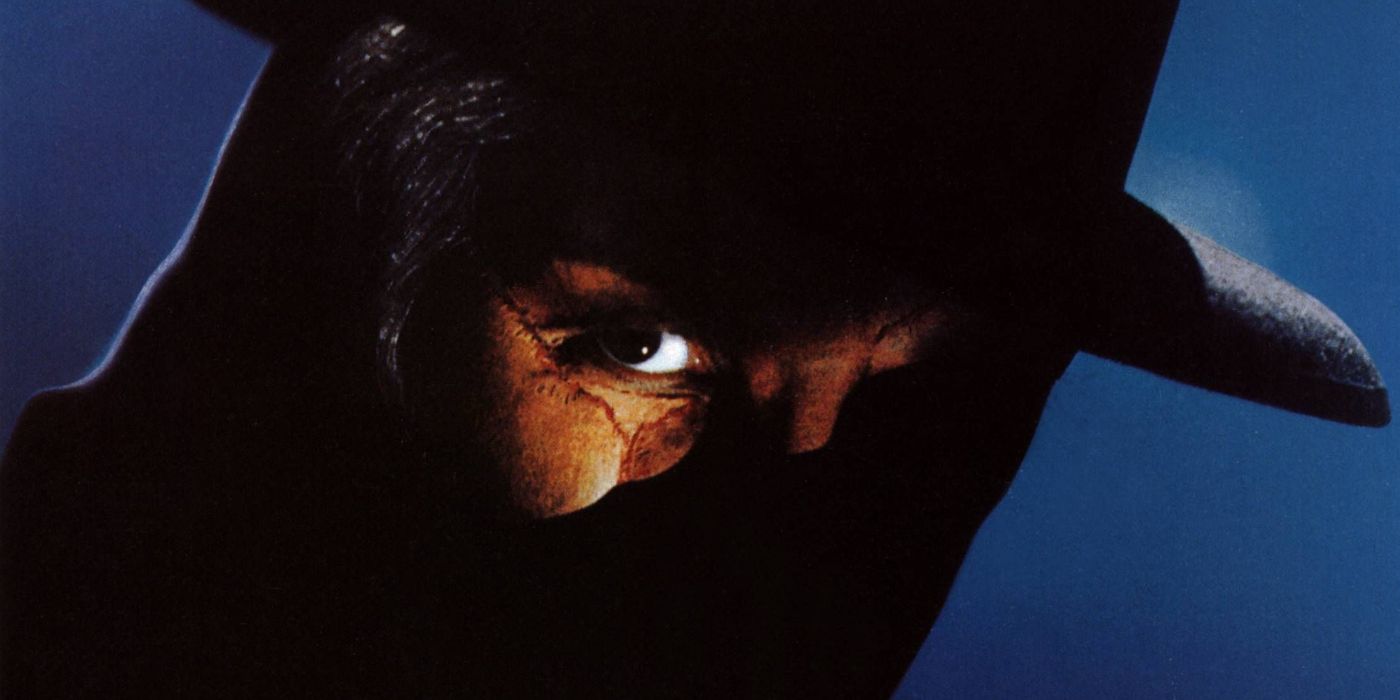
Phantom of the Opera’s New York student heroine spends almost the entire movie in the body of a Victorian-era opera singer. She is stalked by Englund’s murderous composer, who tutors her singing while also gruesomely killing off any critics, rivals, or random bystanders who get in the way of her success. Eventually, a showdown kills off both Englund’s villain and the heroine, at which point the student awakes from her dream. To the surprise of no one, Englund then appears as the previously-unseen casting director who was watching her audition. This twist, while predictable in Phantom of the Opera, could help a Nightmare On Elm Street reboot to inject new urgency into Freddy’s overly familiar backstory while also utilizing Freddy’s powers in a more creative fashion than usual.
Why Phantom of the Opera Worked For Robert Englund
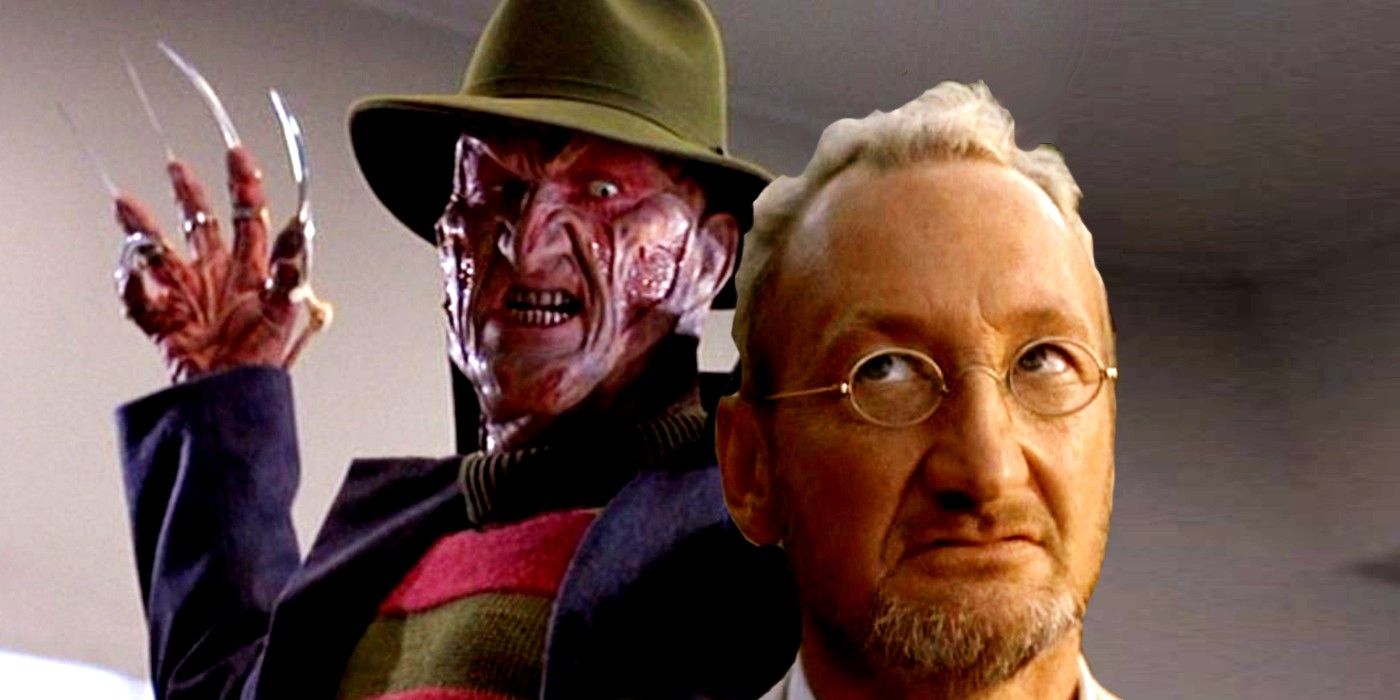
Phantom of the Opera let the Freddy actor play another scar-faced slasher villain without feeling like a rip-off of his earlier, more famous role. Putting the heroine in the mind of a character sympathetic to the killer’s plight made him a more complex character than Freddy (particularly the original movie’s scarcely-seen monster), and made his motives more understandable than the average horror antagonist. While the doomed romance of Phantom of the Opera made Englund’s villain much more sympathetic than any Nightmare On Elm Street reimagining would need to, there is another reason why the slasher series should borrow the mostly forgotten movie’s twist.
Why Nightmare On Elm Street Should Revisit This Twist
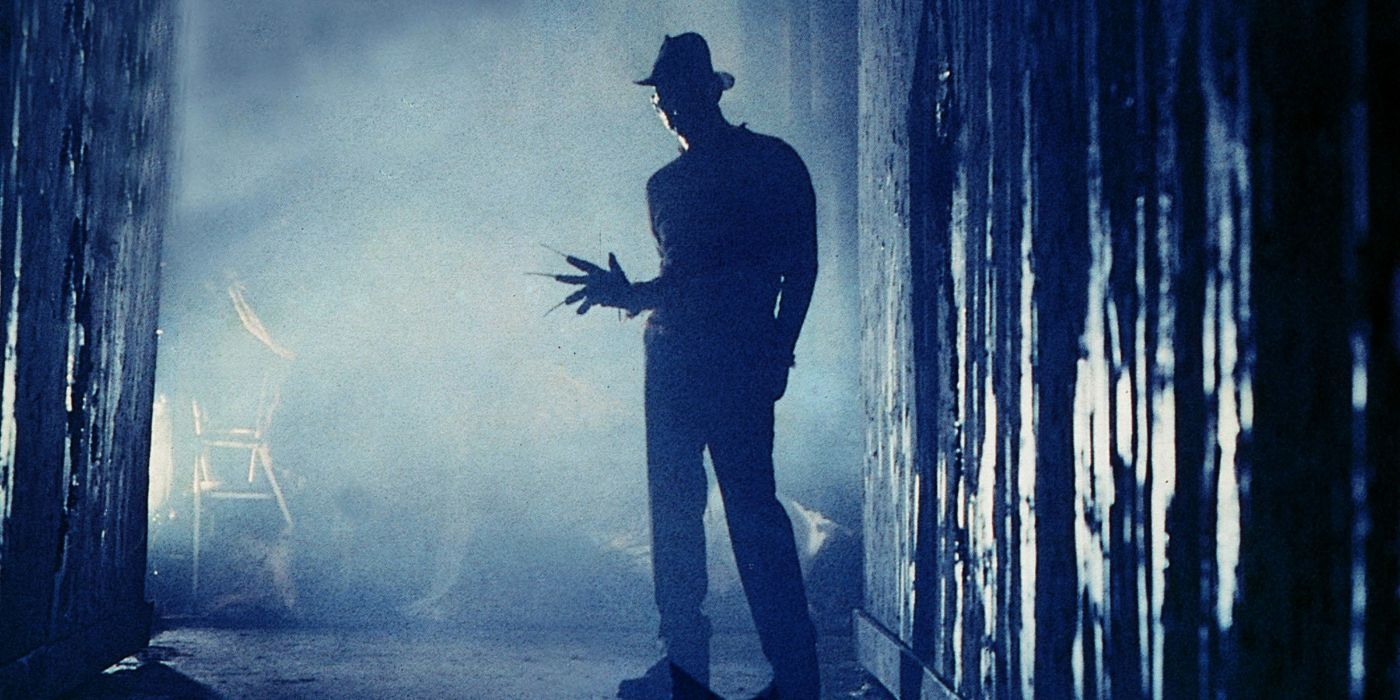
If a potential Nightmare On Elm Street remake were to knock out the slasher’s Final Girl early on, this would put her in a dream (so to speak) for most of the movie’s runtime. This means Freddy’s terrifying kills could bleed into his backstory without the movie needing to draw a clear line between what is real and what is another dream sequence. Some of the best, most disorienting moments in the entire franchise, like Nightmare On Elm Street 4’s ingenious dream-within-a-dream scene (which is Englund’s favorite sequence in the series), took advantage of the trippy ways in which dream logic messes with the dreamer’s mind. By offering a straightforward retelling of Phantom of the Opera, the 1989 England movie missed this opportunity. However, an ambitious Nightmare On Elm Street reboot could revive the premise far more effectively.
The Nightmare On Elm Street’s Remake’s One Good Idea
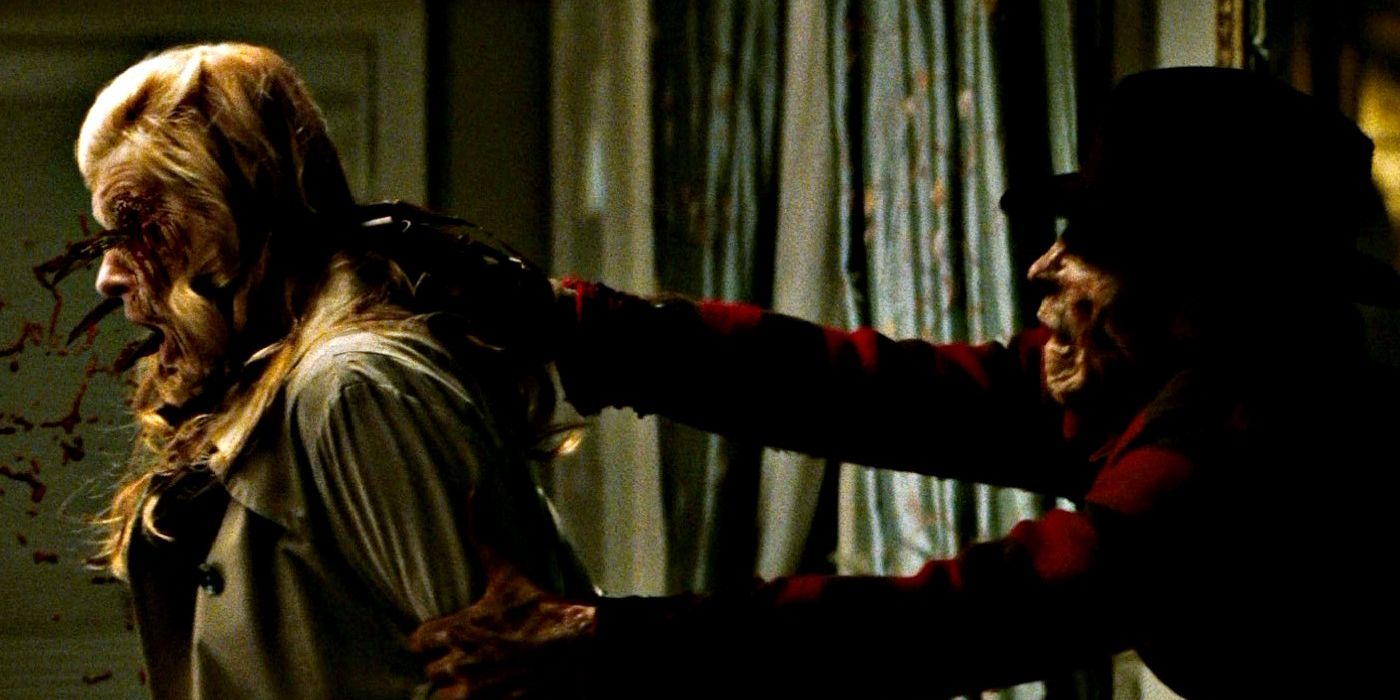
While the 2010 Nightmare On Elm Street was understandably dismissed as a cash grab by both casual viewers and critics alike, the movie did have one great idea that the movie never really utilized to its full potential. The 2010 Nightmare On Elm Street remake introduced the concept of micro naps, a real phenomenon wherein sleep-deprived people aren’t sure whether they are awake or asleep. A new Nightmare On Elm Street reboot that took a page from Phantom of the Opera’s playbook could potentially take this idea further, with viewers never being sure whether the Final Girl’s dream was an accurate retelling of events or a trick that Freddy was playing on her while she was still knocked out, and thus technically in a dream for most of the movie’s story.
Nightmare On Elm Street’s Reboot Could Be Set In Two Time Periods
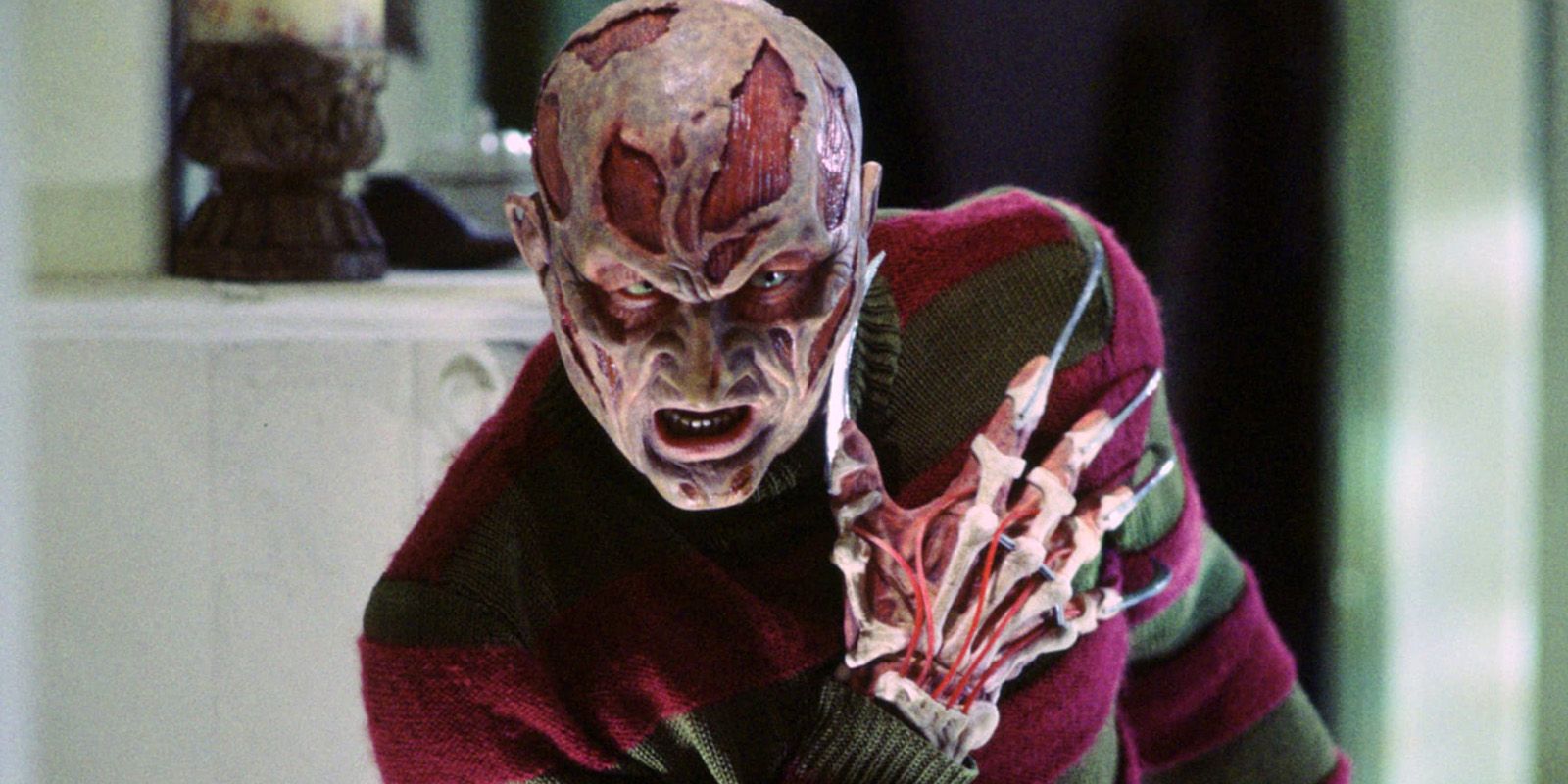
If a Nightmare On Elm Street reboot knocked out its heroine early on as Phantom of the Opera did, the movie could set much of its story in the 80s when Freddy reigned supreme. This would allow the reboot to cash in on 80s horror nostalgia while still having an opening and closing scene, like those of Phantom of the Opera, that was set in the present. The success of Netflix’s acclaimed Fear Street trilogy proved that this approach could work, with the movies technically being sent across three time periods but never letting viewers lose track of what was happening in each. A Nightmare On Elm Street reboot that was willing to play with the franchise formula radically could take Phantom of the Opera’s best twist and use it to set the slasher movie between the 80s and the current day, deepening the horror and ensuring that viewers were never really certain whether they were caught in a dream or reality.




